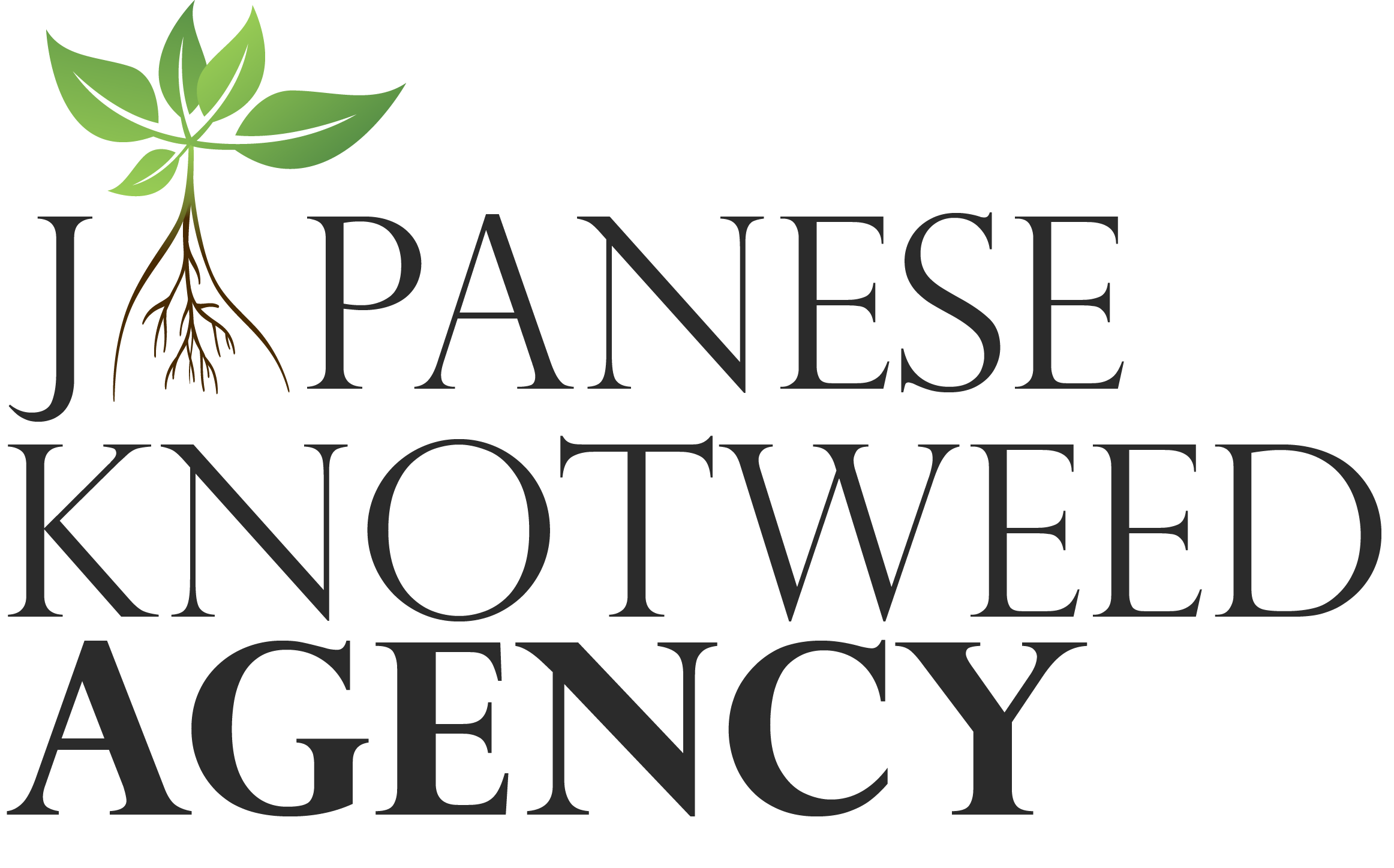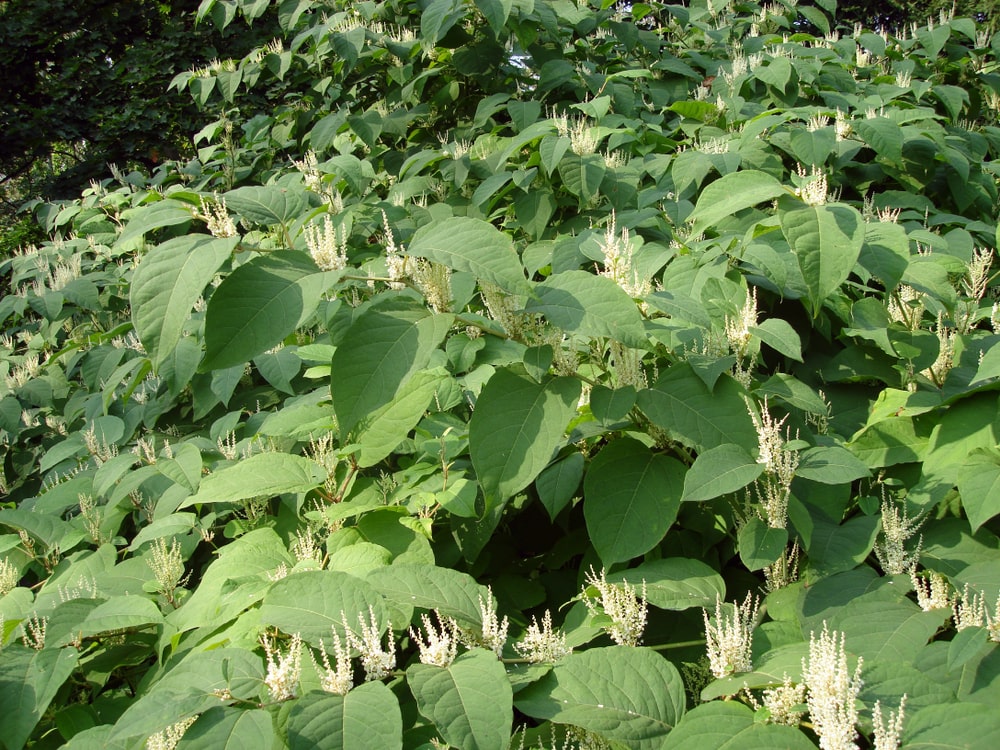Like so many of our garden plants, Japanese Knotweed was imported as a specimen from overseas as early as the 1820’s. Philipp Franz von Siebold returned from Japan with many of our garden staples such as wisterias, hostas, peonies and hydrangeas. Unfortunately, Japanese knotweed was also in the collection. The plants were distributed and sold by nurserymen across the country, and were very popular, especially given it had been awarded a gold medal by the Agricultural and Horticultural Society in Utrecht. It was also noted for commercial and industrial applications, notably stabilisation of sand dunes and railway embankments.
By the early 1900s, reports were starting to come in of it being spotted outside of gardens in the wild. Comments were also circulating about its dominance and vigor in domestic settings. The plants quickly fell out of favour, however by that time it was too late. Japanese Knotweed was now widely distributed, and during the 20th century spread across the entire country. In fact, we now believe that there is not a single 10 square kilometre patch in the UK where Knotweed cannot be found.
It is also reported that Network Rail purposely planted Japanese Knotweed along its rail infrastructure as a weed and vegetation management control plant to kill other weeds with more erratic growth as Japanese Knotweed grew thick and tall and was seen as an easier and more manageable weed. Network Rail did not envisage the problem of Japanese Knotweed growing deep through soil and up and over embankments and into peoples’ gardens and causing devaluation in properties nor did they expect it to cause damage to pipes and sewerage, concrete paths, walls and foundations as it has done.
Read more about the history of knotweed on our page about Japanese knotweed.


